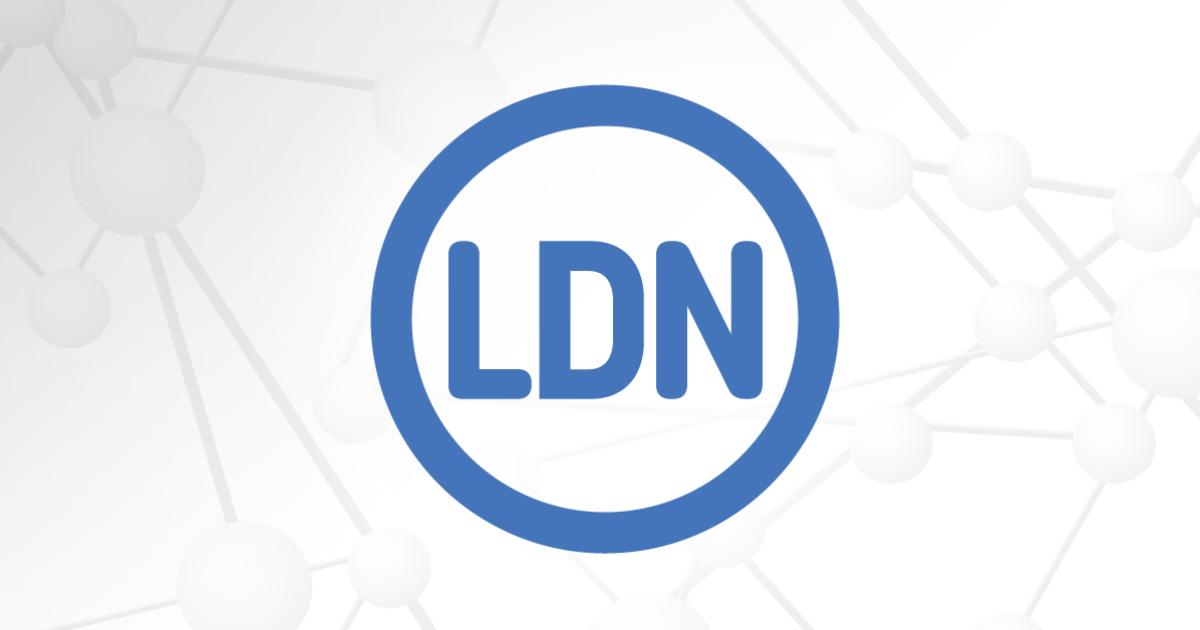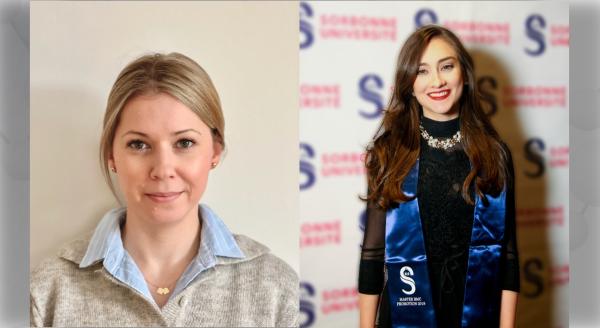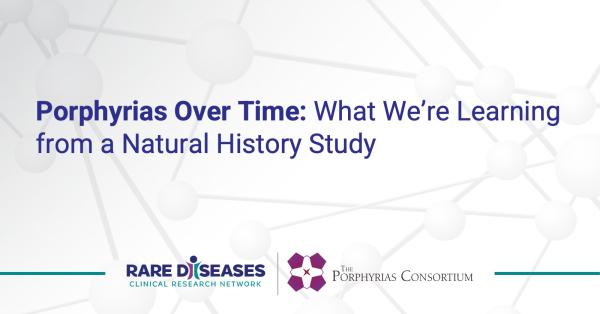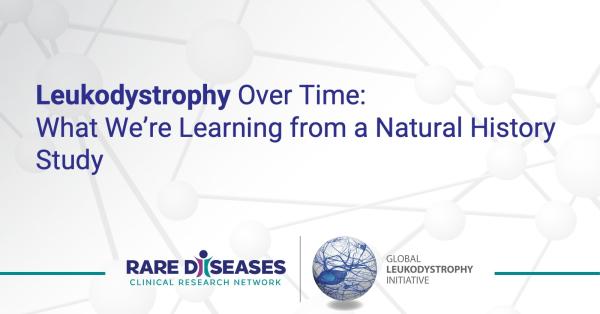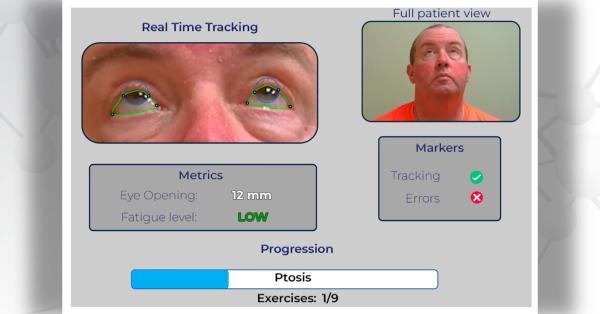The Lysosomal Disease Network (LDN) is the largest consortium in the Rare Diseases Clinical Research Network (RDCRN). The mission of the LDN is to conduct seminal longitudinal clinical research on several of the 50+ lysosomal diseases by creating a network of expert medical research investigators and centers, and to seek solutions applicable to the broader lysosomal community.
Currently, the LDN is completing 11 longitudinal studies and four pilot projects. During the first 3 years of funding, the LDN initiated, conducted, and completed 6 additional pilot projects for a total of 21 active studies. Twelve academic sites directly participate in this work. Several PIs have engaged sub-investigators at other institutions creating an engaged, creative group representing some of the best in the field of lysosomal research. This is enhanced by collaborative work with patient advocacy groups representing individual lysosomal conditions.
As with all rare diseases research, the ability to identify potential subjects who meet study parameters is the largest challenge the LDN faces. Thus, the LDN is particularly proud to have enrolled approximately 250 study participants in LDN projects to date.
Eight LDN projects are being conducted at the University of Minnesota. They are focused on the mucopolysaccharidoses (MPS) conditions, hexosaminidase deficiency (Tay-Sachs and Sandhoff disease), Fabry disease, and Gaucher disease. Other sites are Duke University (Pompe disease), the Mayo Clinic and NIH (Niemann-Pick type C), Greenwood Genetic Center (glycoproteinoses), University of Cincinnati (Wolman disease), Cornell University (late-infantile neuronal ceroid lipofuscinosis ), Baylor Research Institute (mucolipidosis type IV), and University of Rochester (Batten disease). Other affiliated sites include, University of Utah, Oakland Children's Hospital, Hospital for Sick Children in Toronto, Oregon Health & Science University, New York University, Emory, Harbor UCLA, and the University of Chicago.
The primary sources of funding for the LDN are the National Institute of Neurological Disorders and Stroke (NINDS), National Institute of Diabetes and Digestive and Kidney Disease (NIDDK), and the Office of Rare diseases research (ORDR). Importantly, individual projects have also secured significant funding from a variety of patient advocate groups (National MPS Society, International Society for Mannosidosis & Related Diseases (ISMRD)) and industry (Genzyme-Sanofi, Shire HGT, BioMarin).
The LDN holds webinars that are open to the public on the second Thursday of every month. They will convene for the 9th annual research meeting WORLD Symposium 2013 February 12-15 at the Orlando Hilton. [Abstracts are due October 1st at www.LysosomalDiseaseNetwork.org for publication in the February issue of Molecular Genetics & Metabolism.] The meeting also serves as a venue for collaborative meetings with patient advocacy groups and industry. The NIH-funded investigators meet on the following Saturday for a review of progress and plans.
Contact LDN Co-PIs:
Chester B Whitley
University of Minnesota
and
Elsa Shapiro
University of Minnesota
Drs. Michael Mauer and Behzad Najafian are using unbiased morphometric analysis of kidney biopsies from patients with Fabry disease to better understand relationships between pathological changes and kidney dysfunction, and to evaluate response to treatment.
Related Web Sites:

